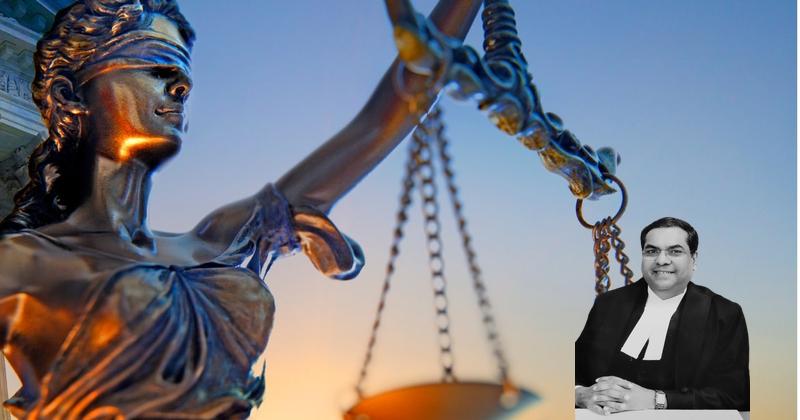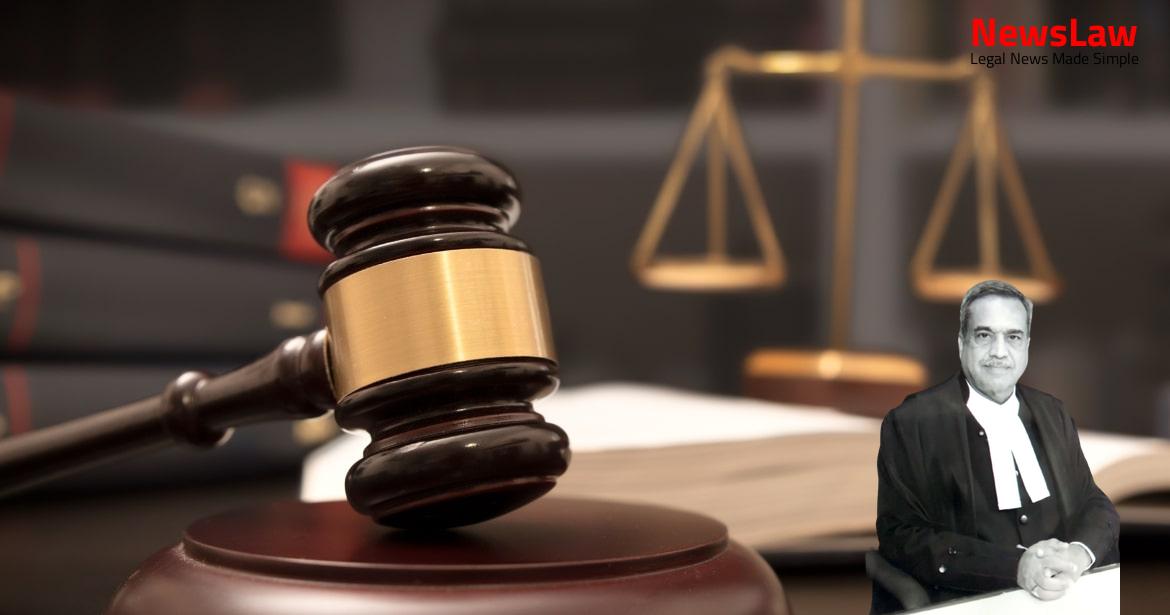Dive into the intricacies of the legal battle between Jasobanta Sahu and the State of Orissa in the Indian Supreme Court. Explore how the appellant, Jasobanta Sahu, challenged his conviction for the murder of Laxminarayan Sahu amidst a backdrop of property disputes. Uncover the courtroom drama, dissecting the testimonies, evidence, and judicial scrutiny that led to a groundbreaking verdict.
Facts
- The appellant and deceased had a strained relationship due to a property dispute.
- The appellant was arrested on 13 October, 1988, leading to the discovery of the murder weapon, a knife.
- The case was registered under Section 302 of the IPC based on oral information received on 9 October, 1988.
- After investigation, a chargesheet was filed against the appellant.
- The Trial Court initially held it was not a case under Section 302 IPC but under Section 304 Part-I IPC.
- The appellant denied the allegations, claiming the case was to harass him and grab his land.
- The Trial Court sentenced the appellant to three years considering his age and relationship with the deceased.
- The High Court affirmed the conviction under Section 302 of the IPC, sentencing the appellant to life imprisonment.
- The matter was remitted back to the Trial Court for consideration on the limited aspect of whether the offence committed falls under Section 302 IPC.
- High Court dismissed the appeal and confirmed the conviction under Section 302 IPC, sentencing the appellant to life imprisonment.
- The appellant, being on bail, was directed to surrender for serving the remaining sentence.
- Appellant filed Jail Criminal Appeal No 213 of 2000 against the Trial Court’s judgment.
- Informant (PW4 – Hemanta Kumar Sahu) filed Criminal Revision challenging Trial Court’s decision of acquitting the appellant under Section 302 IPC.
- The Trial Court, upon the matter being remitted back, concluded that the appellant committed the murder and sentenced the appellant to life imprisonment.
- Subsequently, the appellant was sentenced to undergo RI for three years, with the custody period set off against the period of conviction.
Also Read: Rajesh v. State of India: Landmark Supreme Court Judgment
Arguments
- Appellant’s representative argues that the appellant is wrongly accused in the case.
- Claims that the witnesses, PW1 and PW2, are not reliable eyewitnesses.
- Contends that the alleged confession to PW6 is not admissible as evidence.
- Mr. Suvendu Suvasis Dash argues that both the Trial Court and the High Court have correctly found the prosecution to have proved the case beyond reasonable doubt.
- He asserts that no interference is necessary in the concurrent findings of the two courts.
- It is agreed that the death of the deceased is homicidal, making the medical evidence unnecessary in this context.
Also Read: Supreme Court Judgment: Mohd. Ahsan vs. State of Haryana – A Case Analysis
Analysis
- PW1 and PW2 claimed to be eyewitnesses but their evidence had inconsistencies.
- The I.O. did not visit PW2’s Taila where the incident allegedly occurred when villagers knew he was an eyewitness.
- PW1 and PW2 stated they were not called by the I.O. but went voluntarily to give their statements.
- PW2’s behavior of going to his Taila after witnessing the incident raised doubts on his credibility.
- PW5 and PW20’s depositions on the recovery of the knife were questioned due to the circumstances of the recovery.
- The prosecution failed to prove the case beyond reasonable doubt, leading to the acquittal of the accused appellant.
- The High Court had also believed in an extra-judicial confession made by the accused appellant to PW6.
- The learned counsel for the respondents argued that PW 5 and PW 6 are chance witnesses and their presence at the scene was not natural.
- Chance witnesses, as defined in Puran v. State of Punjab, are individuals who suddenly appear at the scene of an incident, observe what happens, and then disappear, only to later give evidence about the occurrence.
- In Mousam Singha Roy v. State of W.B., the court dismissed the evidence of chance witnesses due to glaring contradictions/omissions in their testimonies, and their names not being mentioned in the FIR.
- Cases like Shankarlal v. State of Rajasthan and Jarnail Singh v. State of Punjab support the stance that testimony of chance witnesses with questionable presence at the incident should be rejected.
- The court highlighted similar concerns in Harbeer Singh vs Sheeshpal and others regarding the credibility of chance witnesses with uncertain presence at the place of occurrence.
Case Title: JASOBANTA SAHU Vs. THE STATE OF ODISHA (2024 INSC 349)
Case Number: Crl.A. No.-000493-000493 – 2022



